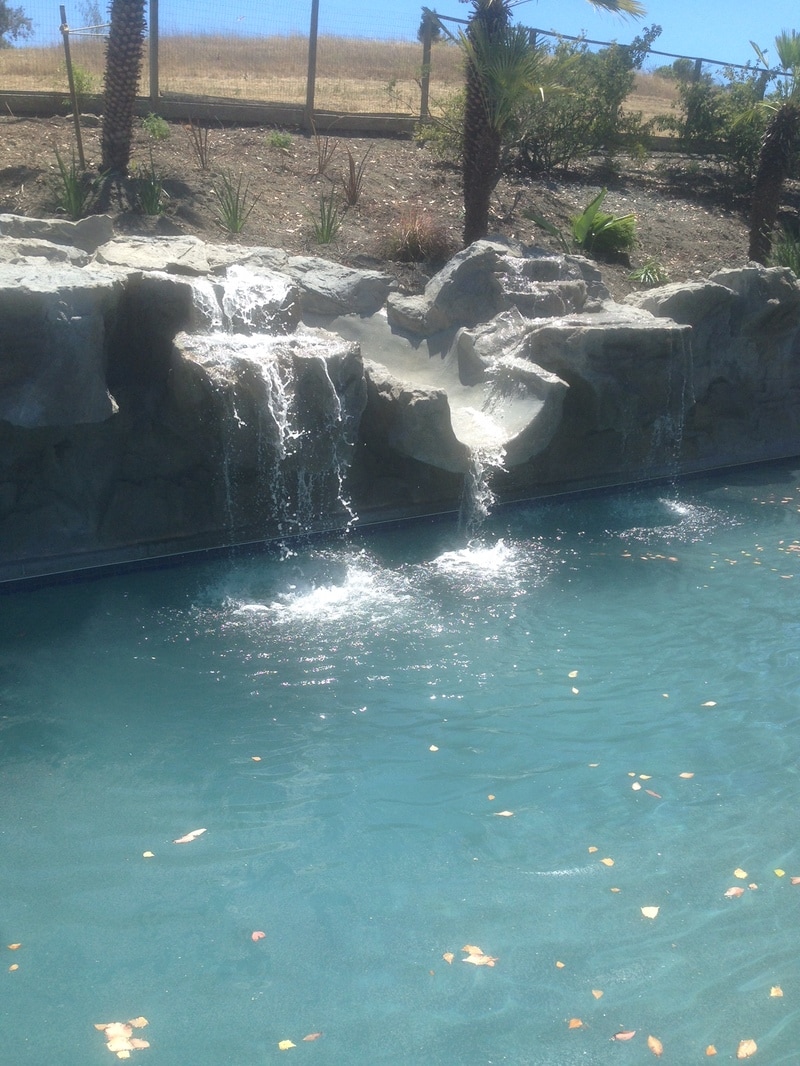

Adults return to molt April through August, and September and October mark the “fall haul-out,” when all elephant seals leave the beach. Pups remain to explore and begin to swim. Mating and bull fighting continue through Valentine’s Day, after which most adults leave. Generally speaking, early winter is a great time to see adult males and females arriving, followed by birthing at its peak in late January. Each of these lives at the rookery at some point during the year, but the population varies greatly from season to season. For more information, see the Coastal Discovery Trail Map on our Stewardship Travel for Good page.ĭepending on what time of year you visit the Piedras Blancas Elephant Seal Rookery, you may find adult males, females or pups. Along the way, you’ll visit beaches, preserves, parks, and historic locales that bring you closer to the heart of Highway 1. Track our itinerary of the best coastal locations, experiences and attractions across the Central Coast. That’s where the Coastal Discovery Trail comes in. When you fall in love with our sea life here, you’ll want to do and see even more. And for information about tides - especially important for tide pooling - check our link to local tide tables along Highway 1. To minimize your stamp on these precious creatures and their homes, read and practice our Wildlife Viewing Tips. Many of these habitats are fragile and can become unstable under too much human impact. Respect for the natural world is important for enjoying and sustaining the riches of California’s Central Coast. The best part about all this wildlife activity is its accessibility for viewing by the public here, anyone can witness sea life, any time of year.

California sea otters often play wherever kelp beds sway, weaving in and out of these seaweed forests for food. Dolphins, harbor seals, sea lions, and porpoises navigate these waters, too, and can easily be seen in and around harbors and coves. Further out, migrating whales pass through, feeding, birthing, and mating in waters alongside Highway 1. The Piedras Blancas Elephant Seal Rookery is one of just a handful in North America, seeing up to 25,000 elephant seals annually. Many have a permanent home here, but others are among the billion birds that migrate along the Pacific Flyway.īut birds aren’t the only tourists to visit our friendly, scenic haven several marine mammals pass through, too. On plush, sandy beaches, look for hundreds of species of seabirds, from plovers and egrets to tattlers and turnstones. Here, anemones, urchins, crabs, and sea stars make their homes among mussels moss and barnacles.

Among the rocks of our rugged shoreline, tidepools stand as tiny underwater worlds, begging to be explored. White bluffs and cliffs reach like fingers into the ocean along the north coast, while dunes tower over the beaches to the south. Half of these miles benefit from state and federal protection - more than any other stretch of coast in California. In the 57 miles of coastline between Ragged Point and Nipomo, the Pacific Ocean defines the landscape. Wherever you roam along Highway 1, the ocean never lies far away. Beer Gardens, Craft Breweries & Taverns of Highway 1.Best Restaurants & Dining in Avila Beach.Best Restaurants in San Simeon and Ragged Point.Best Restaurants in Arroyo Grande and Edna Valley.Best Restaurants in Los Osos – Baywood Park.


 0 kommentar(er)
0 kommentar(er)
